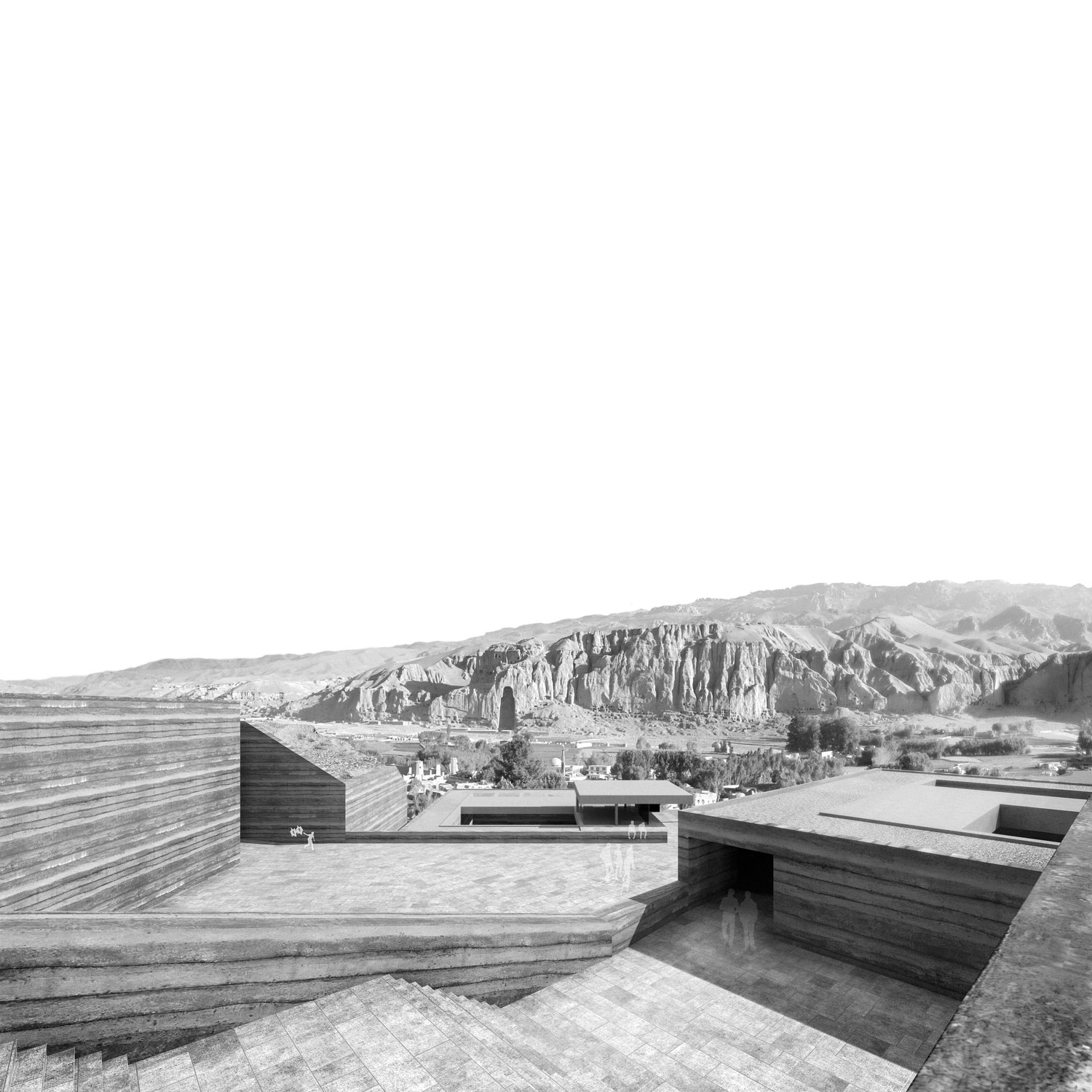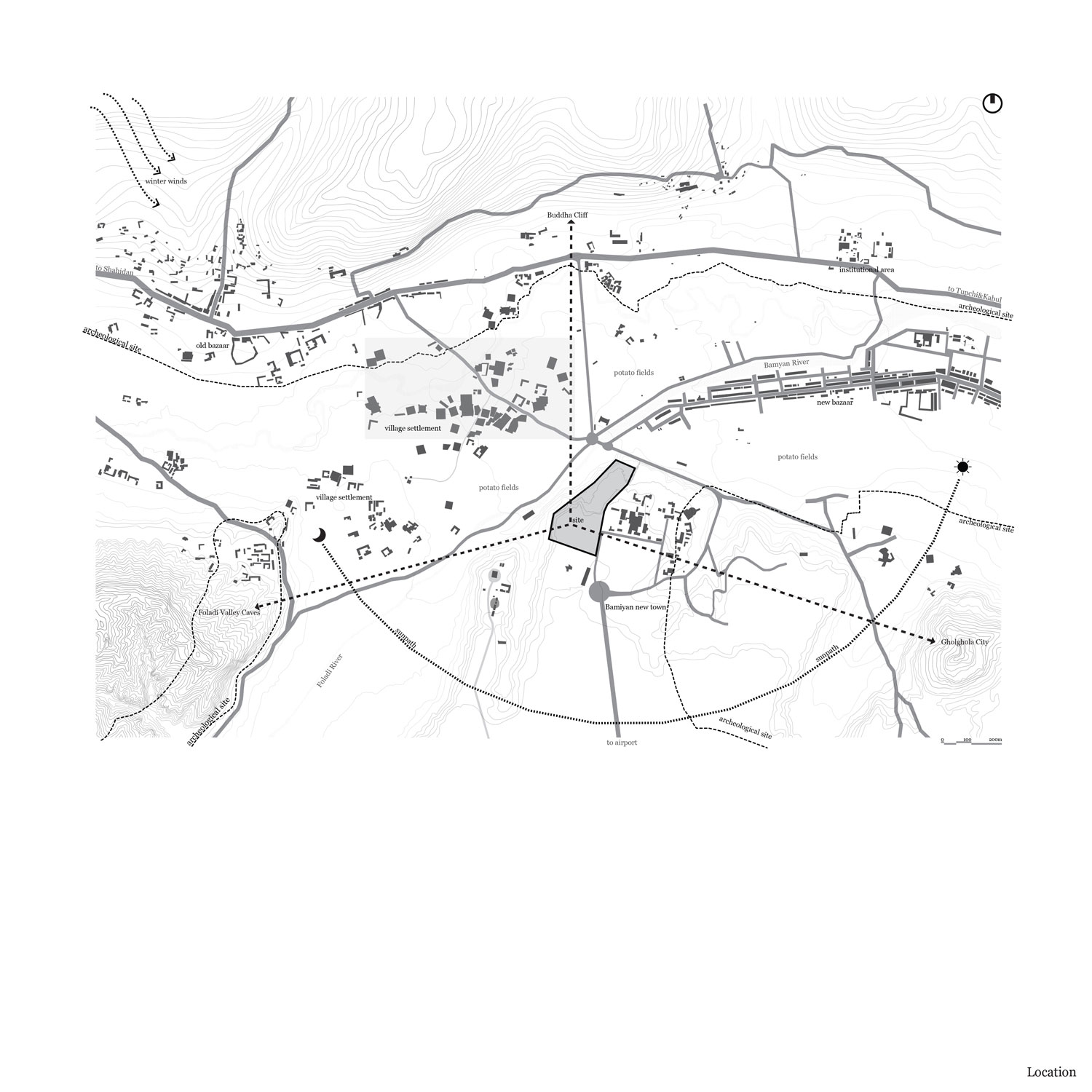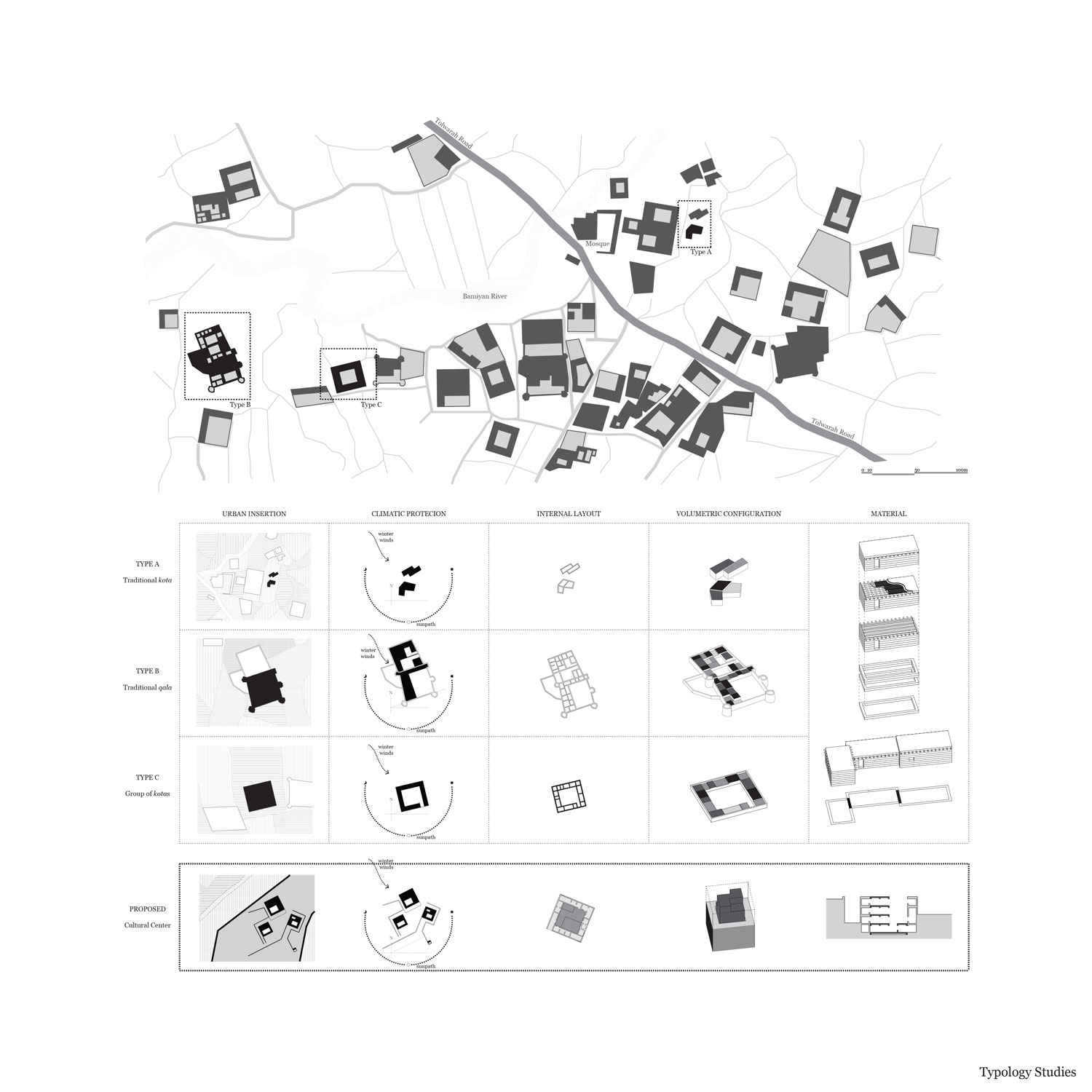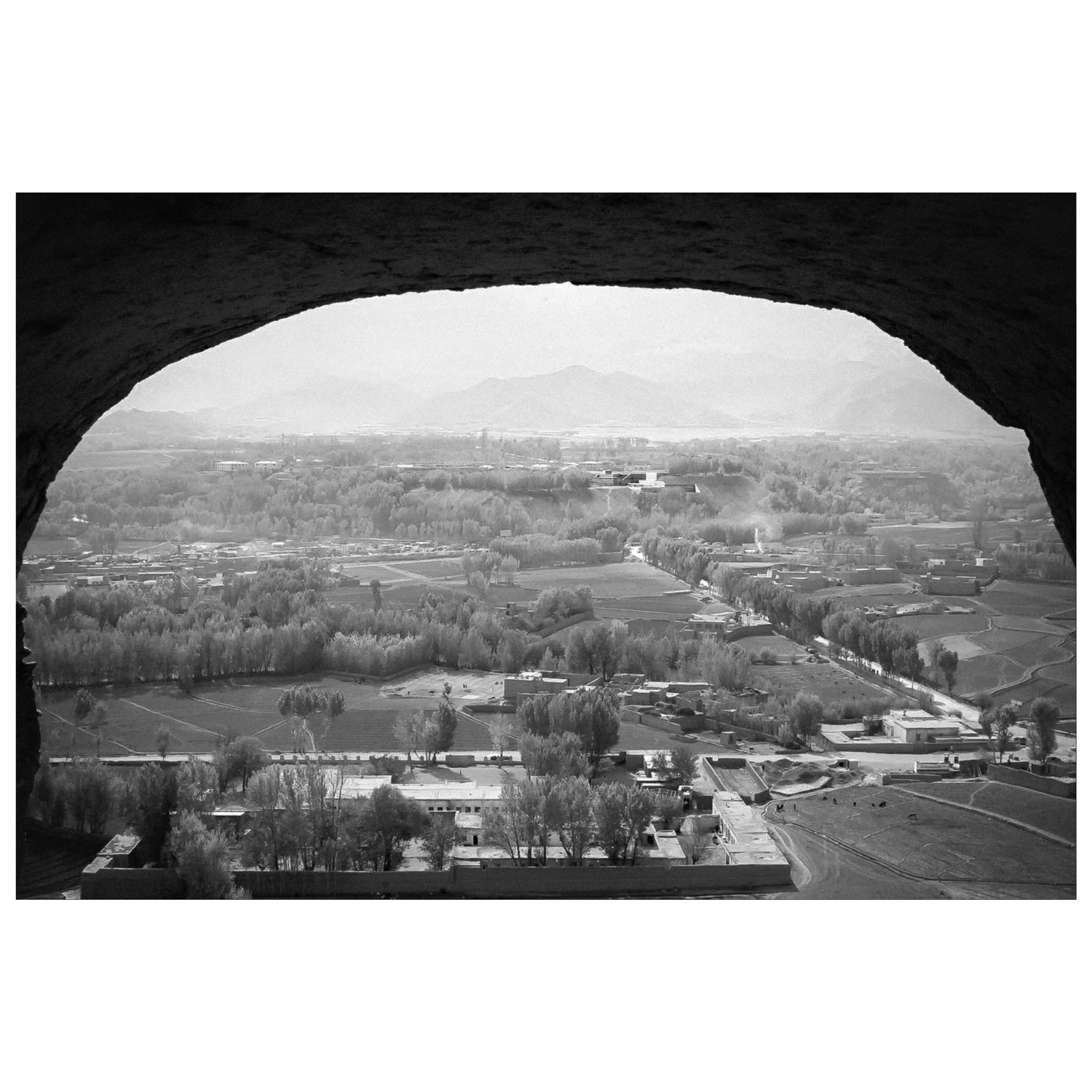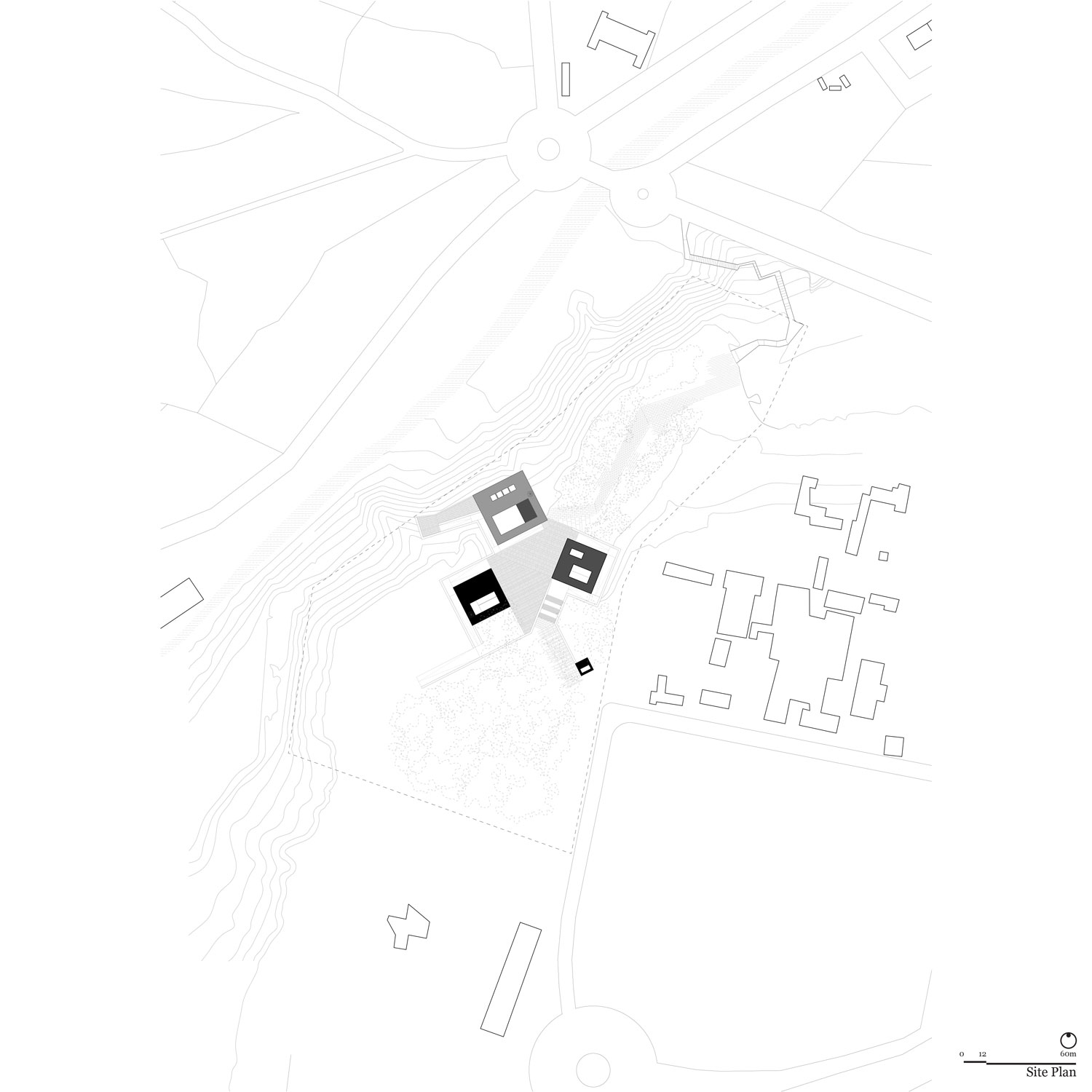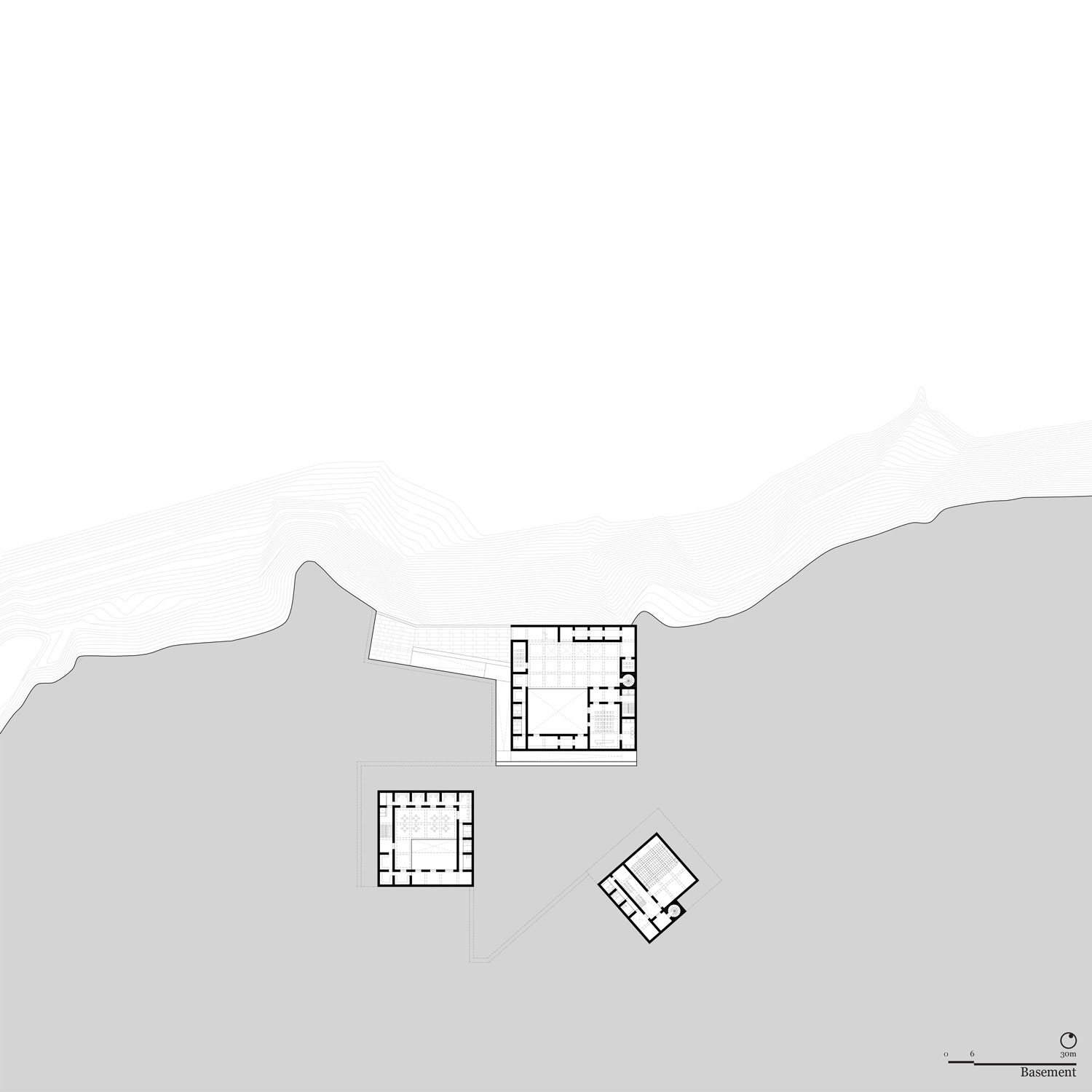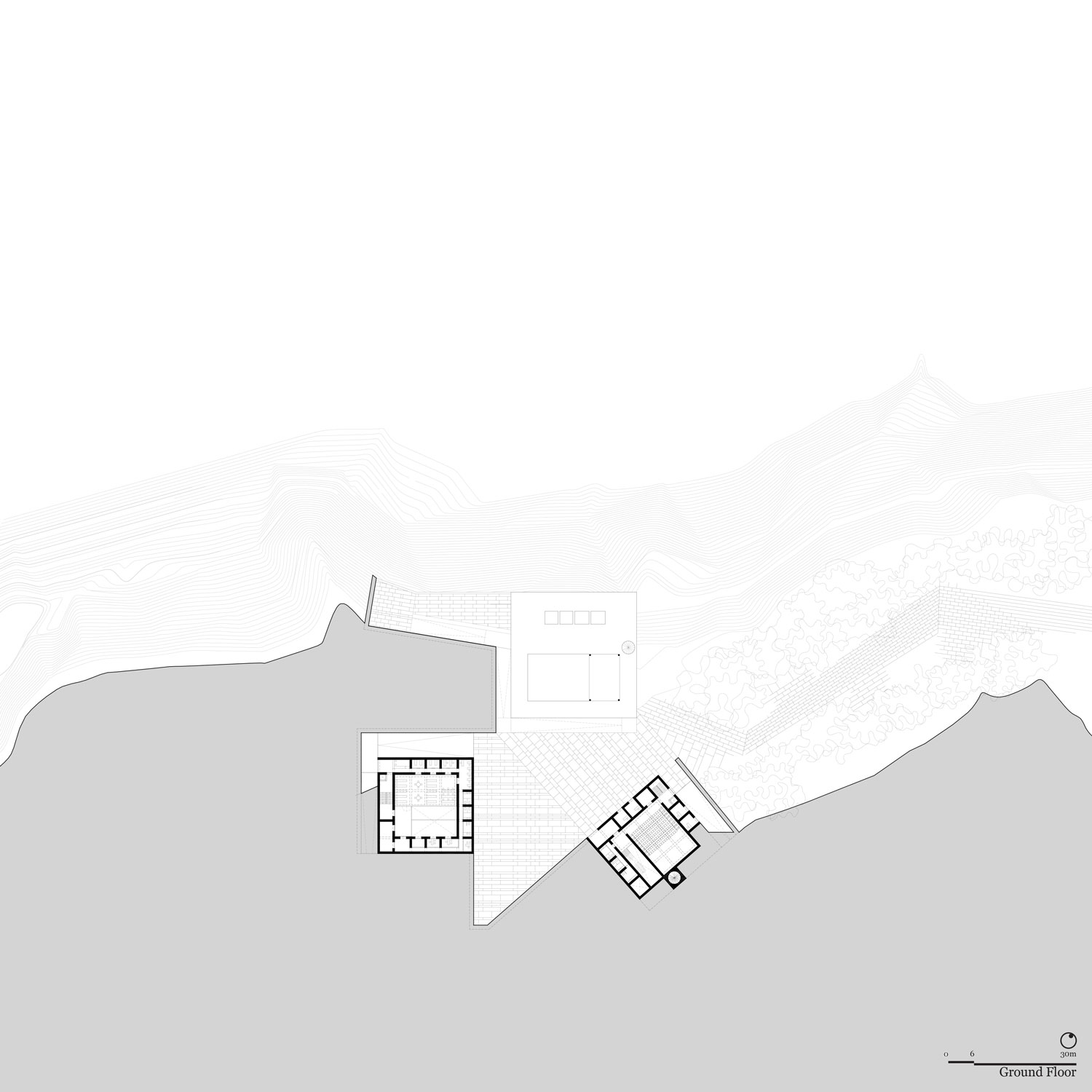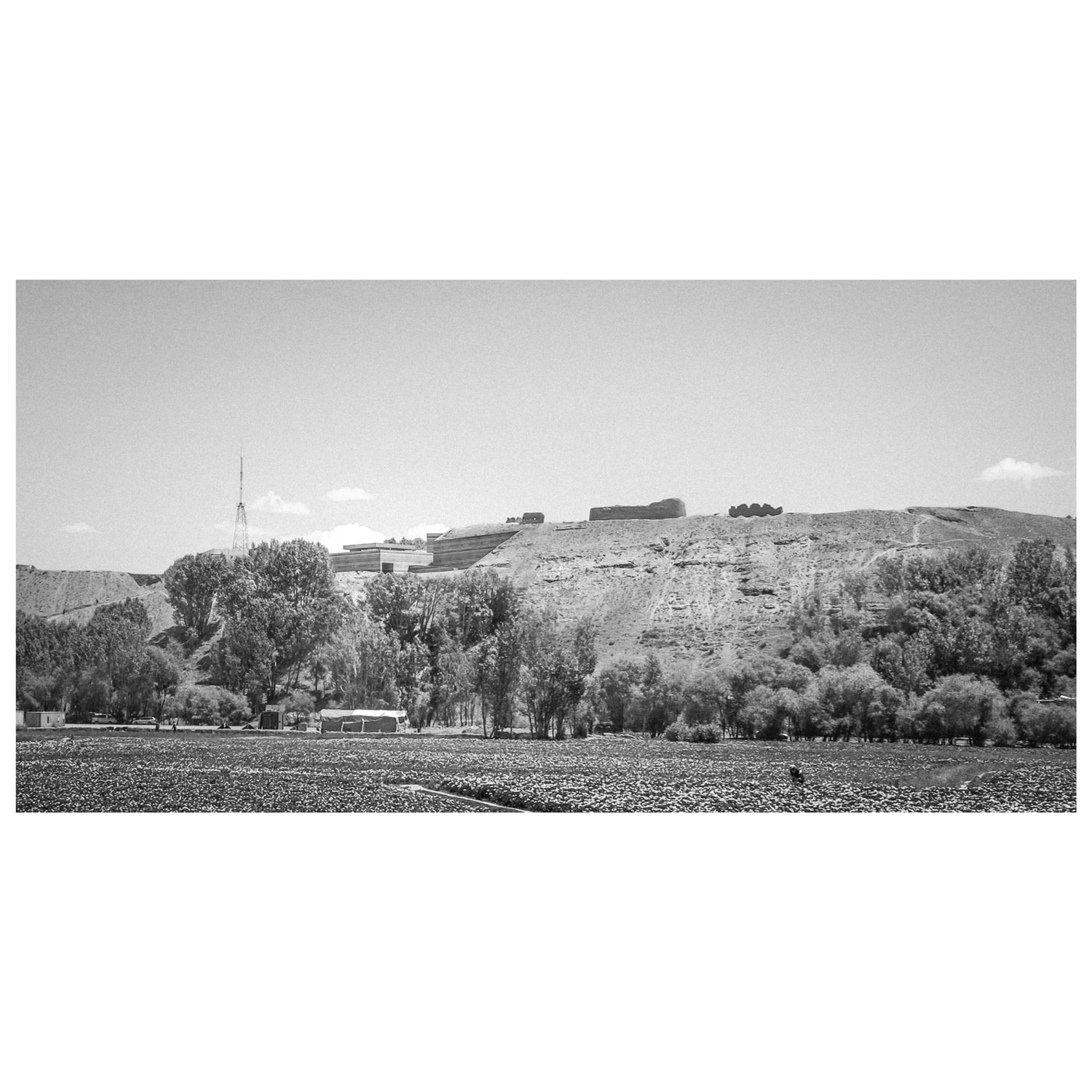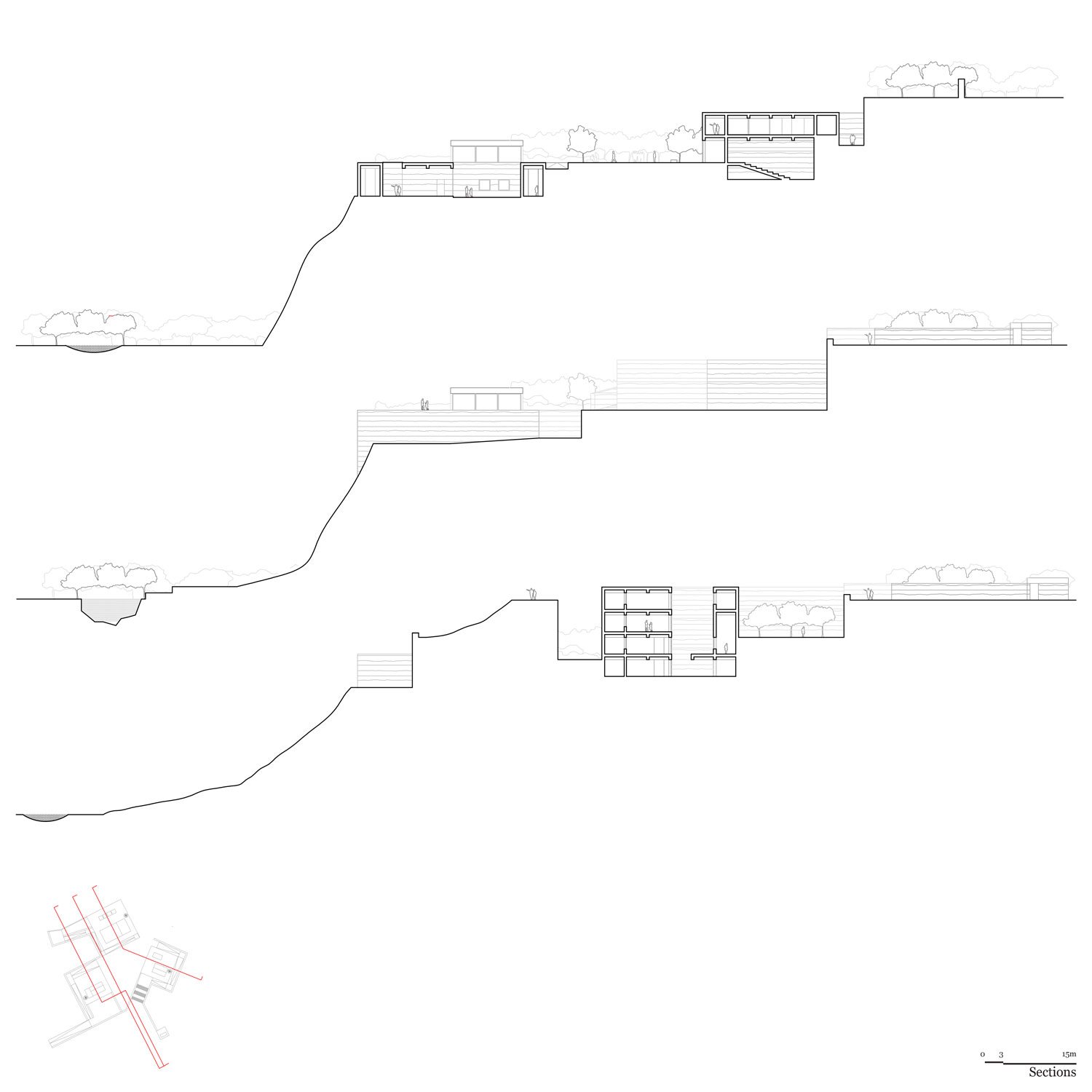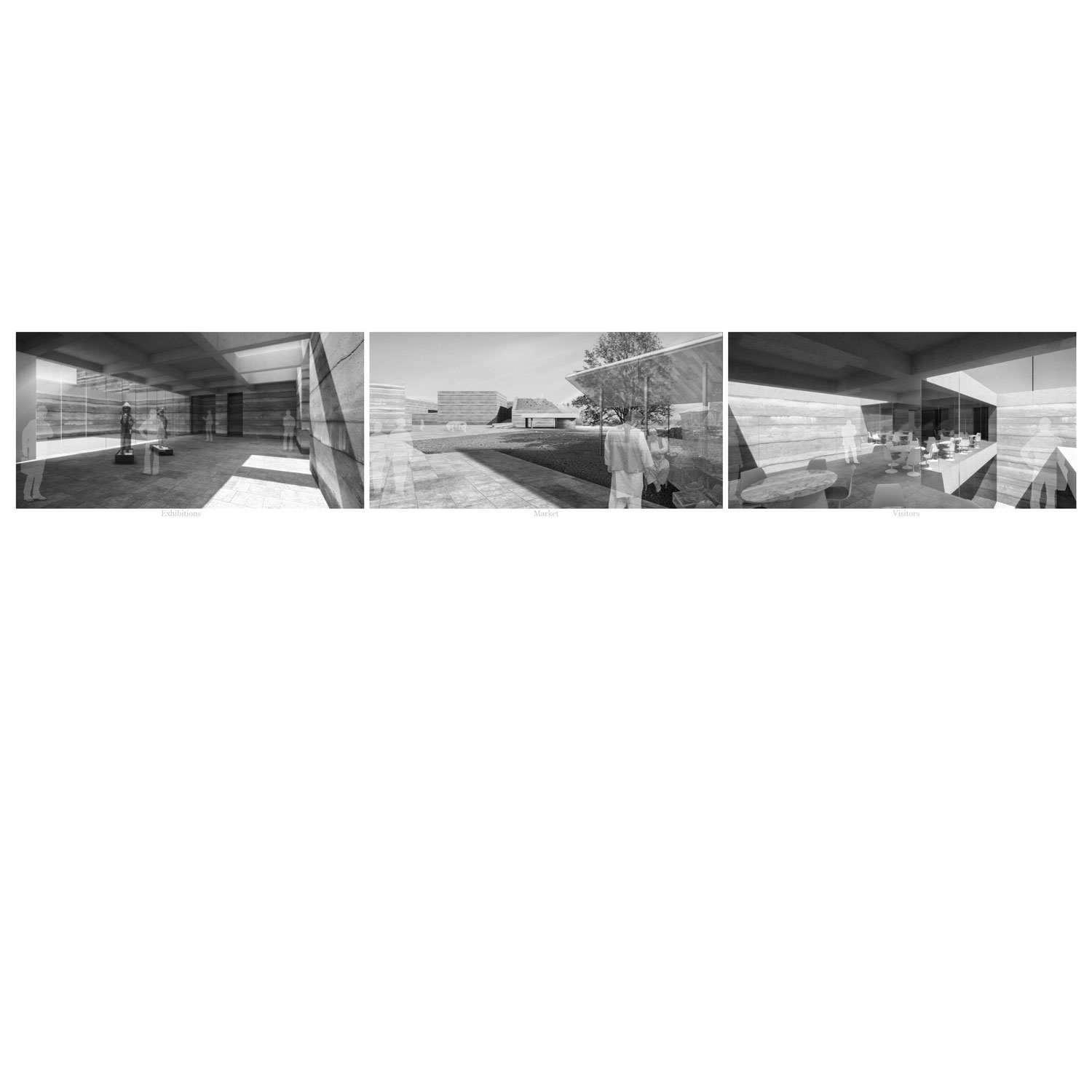1214-EDA-BIM.AF-2015
Clients: UNESCO, Ministry of Information and Culture of Afghanistan
Status: Competition (2015)
Clasification: Finalist
Location: Bamyan, Afghanistan
Coordinates: 34.822108, 67.825320
Climate: Desert / arid, Hot
Material: Stone
Environments: Desert, Urban
Visualizer: Studio
Scale: 4.000 ㎡ Medium
Types: Cultural, Museum
The introduction of a contemporary building onto a historic site always raises the question of whether its architecture enhances the value of its setting derives its value from the immediate surroundings themselves. We have adopted an approach to our proposed design for the Cultural Center that is conscious of its historical context and seeks to respect the cultural importance of the surrounding landscape and people. Moreover, we found studying the future of Bamiyan City and the significance of a Cultural Center in its current social and economic setting to be crucial in setting the premise for our concept.
Conceptual considerations
First, we understood that the setting of the site — at the edge of an elevated terrain, offering the prospect of panoramic views of the historic surrounding landscape — posed the challenge of physically connecting with the people, who are an integral part of the cultural landscape. Second, we contemplated how we could conceptualize and build a cultural institution that would not only reflect the turbulent history of the Bamiyan region, but also act as a 21st-century setting for understanding the region’s culture.
These considerations led us to study the usage, climate, sizing, and spatial organization of the local built heritage and its disposition with respect to the local terrain. We studied the evolution of the indigenous architecture to understand the existing structures in the Bamiyan Valley. We discovered that the «Qala» was a village settlement unit, assembled as a group of individual «Kotas» braced together by an outer fortifying wall.
Inspired by this notion of inner/outer structure, and also recognizing the need for a building that could function at any given Bamiyan city location, we developed a generic structure with a defined spatial configuration. This structure comprised an inner parent volume that contains spaces for cultural activities, training and light courts, and a peripheral bay surrounding the parent volume and conceived for public usage for different purposes in different situations. With the vision of integrating developments on the plateau with that of the valley and aiming to soften the rural-urban divide to accentuate a dynamic dream for a modern Bamyan City, we conceived spaces for cultural appreciation as a socio-economic thread that would weave through and bind the region’s disparate fabric and topography. Hence, we visualize the future development of the Cultural Center as being in the Bamiyan Valley close to the village settlement, such that the Center is a part of a larger network of spaces designed to integrate the disparities in the local topography and economy.
Contextual considerations
The main idea of our proposal in its given location is to create an extended public access and series of passageways through the undulating terrain, offering an array of scenic views leading to the main new public space, which is designed as half plaza and half viewing-deck.
This arrangement responds to our instinctive desire to open up the Cultural Center to the Bamiyan valley and its inhabitants, allowing it to act as a threshold that connects the plateau on the southern side and the valley on the northern side. This space will expand to incorporate a contemplative garden on its southern edge, with the whole integrated by a network of walks and clearly defined shaded zones that characterize the landscape of the area. The location of the contemplative garden on the upper terrace of the site offers spectacular views towards three important historic sites: the Buddha cliff, the Shahr-i-Guhlghulah, and the caves in the Foladi valley. The path connecting Market Street to the northern edge of the site is intended as a promenade for commercial activities, culminating at a space designated for a temporary market.
Architectural conception
Three low-key, unassuming volumes define the project design. They are intuitively arranged on the lower terrace of the site and tied together by the plaza area. Access to the plaza is multifold, and there is no single way to approach the independent volumes. By fragmenting the Center design into three volumes and placing them at different levels along the movement route that navigates a 10-meter level difference within the site, we follow the logic and the grain of the surrounding fabric. The volume on the western edge is sunk below the ground, setting up a visual dialogue with the surrounding terrain.
The sizing and internal configuration of these volumes are determined by the set of rules derived from the study of buildings in the Bamiyan region. The volumes have a generic spatial configuration — inner parent volumes that contain spaces for cultural activities, with light courts and outer bays that wrap around the parent volumes and are conceived for circulation or storage spaces/small shops, depending on the level of the volume.
When approached from the east, the visitor will encounter a small volume housing the information center. A walled path then leads down to the plaza via a descending ramp running along the periphery of the visitors’ center. A performance center located on the lower level of this volume can be directly accessed from the plaza. Visitors moving along the ramp can access shops located along the peripheral bay of this volume. The square acts as a space for repose, nestled between three volumes. The plaza opens on its north side to a planted canopy where temporary pavilions and low platforms can be built as places to sell local products.
The conference and exhibition center, completely sunk into the terrain, are accessed via a downward descent of five meters from the Plaza along a set of ramps leading to the edge of the western cliff before entering the volume. The only aspect of this volume that projects above the plaza level is an open pavilion that will be used as a teahouse. This volume houses research and library facilities along with classrooms and workshops and can be accessed by ascending from the plaza and through the contemplative garden along the north-south axis of the site.
Material conception
Bamiyan is situated at a high altitude and experiences extreme climatic conditions, with temperatures varying from 30 degrees Celsius in the summer to -20 degrees Celsius during the winter. We have, therefore, developed a generic building system: an outer bay made of homogeneous rammed earth construction with an inner volume made of lightweight, reinforced concrete. The climateregulating peripheral bay acts as a thermal barrier, ensuring comfortable temperatures in the core of the building. Given this system, the project can be realized easily by local people using local materials.
